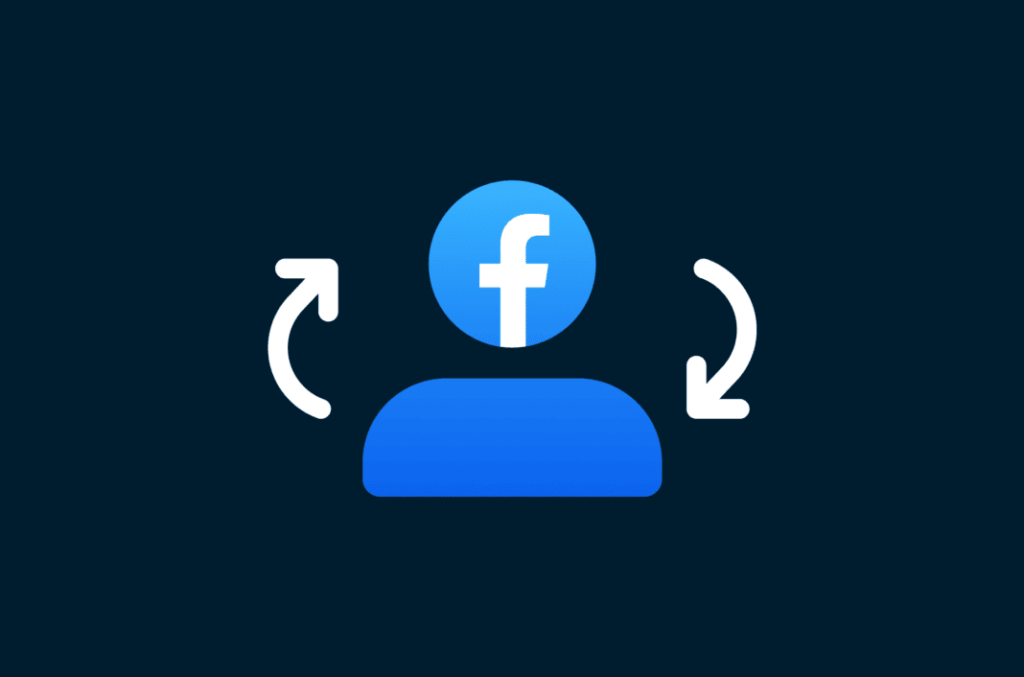Today, in the digital age social media sites like Facebook are a vital part in our daily lives. From staying in contact with family and friends to logging personal achievements an account that has been compromised can cause anxiety. If your Facebook account is damaged, do not panic. There is a variety of ways to restore the account. This guide will walk you through steps needed to get access back to your hacked Facebook account.
1. Signs That Your Facebook Account Has Been Hacked
Prior to taking any the next step, be sure the authenticity of the Facebook account was indeed compromised. There are a few common indications:
Unauthorized Activity
If you find messages, posts or requests from friends that were not sent by you, it’s undoubtedly a sign that somebody else might have access to your account.
Changed Personal Information
Make sure that the details on your profile include your email address, telephone number, or your profile photo were changed, without your permission.
Inability to Log In
If you’re not able to log into your account or to verify that the password has changed this could indicate that someone else is in charge.
Notifications of Suspicious Activity
Facebook provides notifications about updates, like logins for unknown devices or places. If you’ve received these alerts you should be aware that a person who isn’t authorized could be accessing your account.
2. Steps to Recover Your Hacked Facebook Account

If you’re sure your account was compromised If you believe your account was compromised, take these steps to get it back:
Step 1: Go to Facebook’s Help Center
Facebook has a separate page to help you recover your account. Check out Facebook’s Facebook help Center and then look to”Hacked and Fake Accounts” in the “Hacked and Fake Accounts” section. It is a good place to begin.
Step 2: Try to Log In
Log to your account with your username and password. If you’re able log into your account, you should change your password right away to one that’s secure and distinctive. Set up 2-factor authentication (2FA) to increase security.
Step 3: Reset Your Password
If you are unable to log into Facebook using Facebook’s tools for recovering passwords. The steps are:
- Visit this page to sign in with Facebook. Facebook Login page on Facebook.
- Select “Forgotten password?”
- Input your email address or telephone number associated with your account.
- Follow the steps for receiving a password reset hyperlink via text message or email.
Step 4: Secure Your Account Using Facebook’s Account Recovery Process
If you’re unable change your password by using the email address or telephone number, Facebook offers additional recovery choices:
- You may choose to link your account using an individual friend’s or friend’s or family member’s account on Facebook.
- Facebook might ask you to respond to security questions if you previously set up security questions.
If none of these options perform, you may try the Facebook’s “Request a Login Code” option to log into your account.
Step 5: Report the Hack to Facebook
If you’re unable to gain control over your account, make use of to use the “Report a Hacked Account” tool available on Facebook’s support site. Facebook will assist you in verification of your identity and help you regain access.
3. Securing Your Account After Recovery
After you’ve recovered the compromised account, it’s important to protect it from the possibility of future attacks. Here are a few tips to secure your account
Step 1: Change Your Password
Once you have regained access, make sure you change your password immediately. Be sure that it’s unique, lengthy, and includes numerals, letters, and other symbols. Beware of using the same password on several accounts.
Step 2: Enable Two-Factor Authentication (2FA)
Two-factor authentication provides an additional level of security for the security of your Facebook account. In the event that someone gains access to your password, they’ll require a verification code to be sent by your phone in order to log into your account. To enable 2FA:
- Check the settings on Facebook.
- Click on your “Security and Login” section.
- Choose “Use two-factor authentication” and go through the steps for setting it up.
Step 3: Check Account Activity
Examine your most recent activities in Facebook for any suspicious activities. View your latest account history at:
- Settings > Security and Login > Where You’re Logged In.
If you notice the devices or places which aren’t yours Log out of the sessions as soon as you can.
Step 4: Review Authorized Apps and Devices
Sometime, malware or devices could cause harm to your Facebook account. Check the list of applications which are able to access your Facebook and delete any suspicious apps. It is possible to do this via:
- Going to Settings > Apps and Websites > Active Apps.
Step 5: Update Your Email and Password for Other Accounts
If your Facebook account is associated with your email address or any other accounts on social media be sure they are secure too. Make sure you change the passwords on your email account, any other social media accounts and the services you use that are tied to Facebook.
4. Preventing Future Hacks
Although it isn’t impossible to completely eliminate the possibility of hacking however, you can take measures to safeguard your account.
Step 1: Use Strong, Unique Passwords
In general, beware of using easy to identifiable passwords. You may want to consider using a password manager for the creation and storage of complicated passwords for various accounts.
Step 2: Avoid Phishing Scams
Phishing is an effective method hackers employ for gaining access to your account. Beware of emails text messages, emails, or other communications which ask you to provide personal details. Always confirm the sender’s identity before entering any information or clicking a link. any personal information.
Step 3: Limit Third-Party App Access
Third-party apps that connect to your Facebook account could present security risk. Make sure you only grant access to trusted apps, and often check the list of applications linked to your Facebook.
Step 4: Take care when using public Wi-Fi
The use of public Wi-Fi networks can increase the chance that your account could be hackable. Beware of logging to your Facebook account through unsecure networks. You can also make use of the VPN (Virtual Private Network) to safeguard your information during surfing.
5. What to Do If You Can’t Recover Your Account
If you’ve tried all the recovery strategies but aren’t able to log into you Facebook account, call Facebook’s support directly. You must provide as much details that you are able to provide in order to verify that you are who you say you are and to clarify the problem. Facebook might ask you to provide an official ID from the government to confirm your account’s ownership.
You may also have to set up a fresh Facebook account. In the event of this, notify your loved ones and relatives regarding your previous account being compromised to avoid confusion or other issues.
Conclusion
An hacked Facebook account could be very frightening, however, if you follow these steps it is possible to restore your account as well as secure your account for the future. Be sure to use secure, distinctive passwords. You should also enable two-factor authentication, and be on the lookout for unusual activities. If you take the proper security measures, you will be able to take advantage of Facebook and not worry about security issues.




